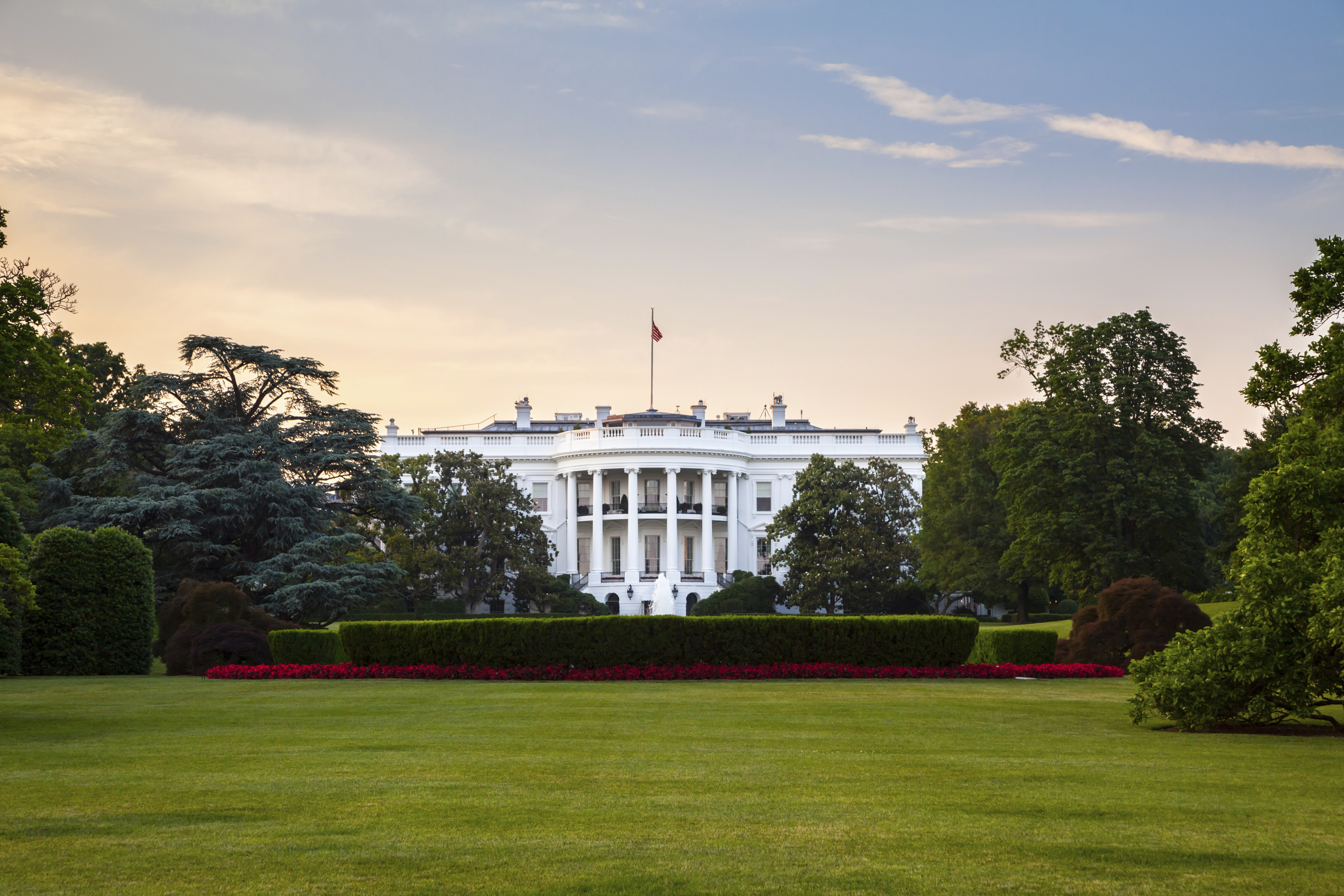More than 15 months out from Inauguration Day, various would-be presidents have already begun making bold “first day” promises.
Carly Fiorina says she would call the leaders of both Israel and Iran to lay down the law regarding Iran’s nuclear ambitions. Ted Cruz plans to roll back executive actions taken by President Barack Obama, investigate Planned Parenthood and open an embassy in Jerusalem. Marco Rubio issued a foreign policy challenge to his rivals, declaring: “You had better be able to lead our country on the first day, not six months from now, not a year from now.”
But if the next president wants his or her time in office to matter, the first day is the wrong milepost to choose. Even the first 100 days is a misleading marker, despite the urgency that cable TV pundits will inevitably attach to that construct first coined by President Franklin Roosevelt in a 1933 fireside chat.
Far more important to a new president is the crucial first year in the White House. Those intensive 12 months usually shape the entire arc of an administration, for better or worse.
Today, UVA’s Miller Center launches an ambitious two-year project devoted to the next president’s make-or-break first year. “The First Year: POTUS 2017” will focus on the key issues the new president must confront, viewed through the clarifying lens of history and amplified with pragmatic policy prescriptions from leading scholars and experts.
Beyond a core set of scholarly essays, the site will also feature regularly updated blog posts, op-eds, videos and graphics aimed at helping the next administration navigate the first year in office. Moreover, a series of public events and forums – on Grounds, in Washington and around the country – will bring together scholars, students, policy experts and campaign officials for robust discussion of the president’s first year.
The New Deal and Great Society were first-year programs. Ronald Reagan cut taxes, increased defense spending, fired air-traffic controllers and survived an assassin’s bullet. Obama passed the economic recovery act, re-regulated the banks and transformed health care. George W. Bush cut taxes, reformed education and provided prescription drug benefits. If history is any guide, the first year is ripe for sweeping domestic change.
But first-year missteps and self-inflicted wounds can be costly. George H.W. Bush squandered political capital as chief executive with his failed appointment of John Tower to head the Pentagon. John F. Kennedy lost credibility as commander-in-chief at the Bay of Pigs. Bill Clinton lost steam in his first year with a muddied message with no cogent story line – and also had “our own Bay of Pigs” in Mogadishu, Somalia, in the words of Anthony Lake, Clinton’s former national security advisor.
Meanwhile, the world will not wait to take stock of our new leader. From the outbreak of the Civil War in 1861 to the Tiananmen Square massacre in 1989, the 1993 truck bombing of the World Trade Center and the massive attacks on Sept. 11, 2001, history shows that the early days can be the most perilous. That is especially so as our new leader scrambles to assemble a team and establish his or her priorities.
Congress, at least at first, cannot appear to wholly obstruct the newly elected leader. Thus, this is the greatest window of opportunity to act. But when year two begins, midterms loom and self-preservation becomes the first congressional priority.
President Lyndon Johnson understood this well when he offered this advice to his successors regarding their dealings with Congress: “You’ve got to give it all you can that first year. … You’ve got just one year when they treat you right, and before they start worrying about themselves.”
A president’s swearing-in is the culmination of our great national democratic moment. Yet there is no time to reminisce or clear the confetti. Promise and peril loom in equal measure. And there is not a moment to spare.
Instantly, a new president becomes CEO of the world’s largest company, staffed with 2.6 million civilians and 1.5 million military employees. Yet that new CEO will be lucky to have a Cabinet in place in 100 days, and will certainly have fewer than half of the appointees confirmed at the deputy and undersecretary levels.
Quickly building relationships on Capitol Hill is also essential, as President George W. Bush innately understood. Soon after his inauguration, for example, Bush invited Sen. Edward Kennedy and his wife to a casual White House movie night for a screening of “Thirteen Days,” a historical thriller about the 1962 Cuban Missile Crisis.
The ensuing working relationship forged between these two political opposites bore fruit in countless legislative victories, starting with the No Child Left Behind law.
Riding the media tiger is crucial as well. Franklin Roosevelt revolutionized radio. Reagan mastered television. Our next president must similarly seize the opportunities that new social media platforms can offer, because media are the chief connective tissues to the electorate.
Successfully maneuvering the first year in a way that meets each of these objectives requires a careful reading of history. The past is littered with examples of the successes and failures of others in dealing with issues that are, at their core, the same as those which the next president will face.
William Antholis is director and CEO of the nonpartisan Miller Center at the University of Virginia, which specializes in presidential studies and public policy. He served at the White House National Security Council from 1997 to 1999.
Media Contact
Article Information
October 14, 2015
/content/next-president-s-make-or-break-first-year

